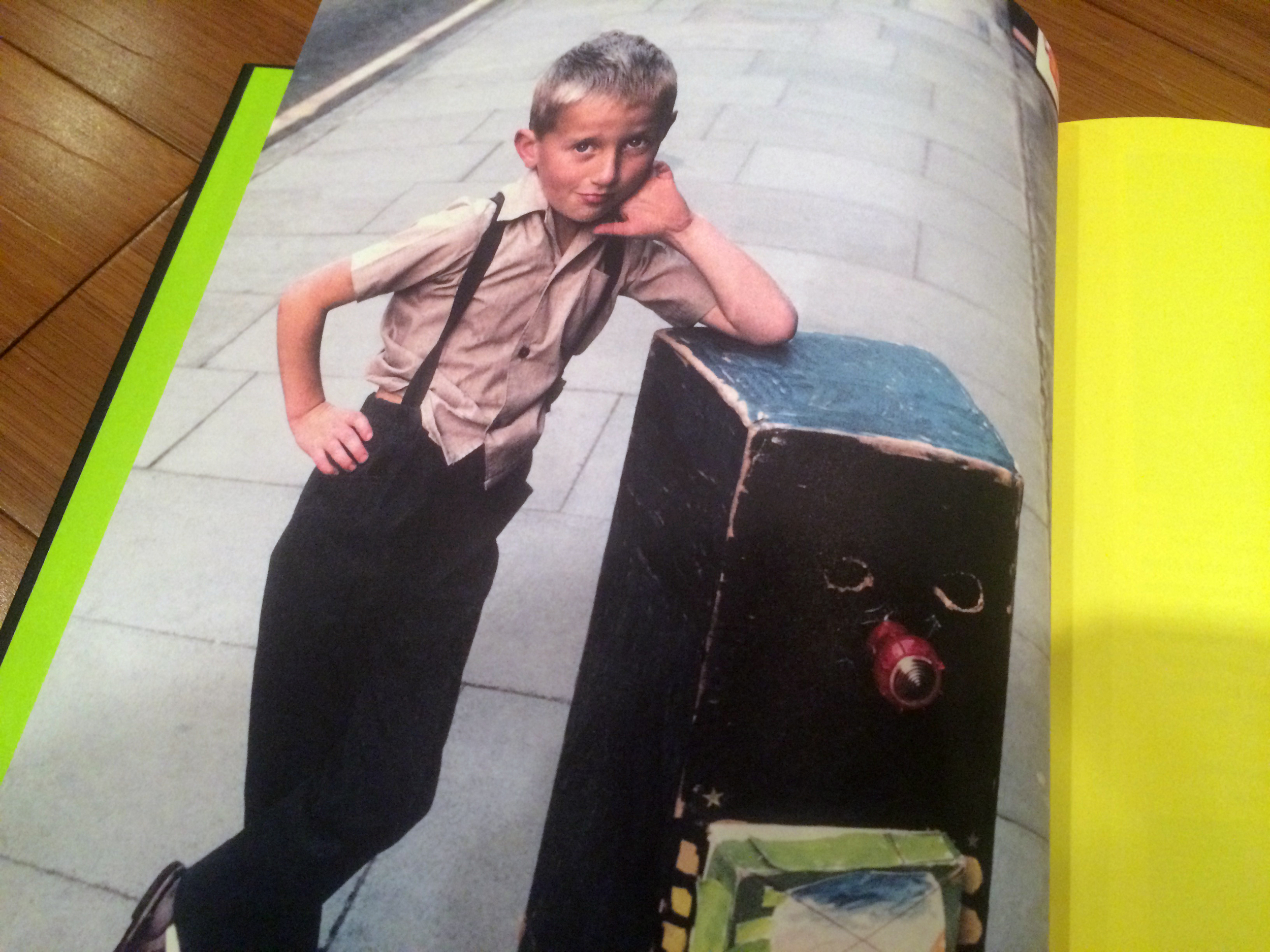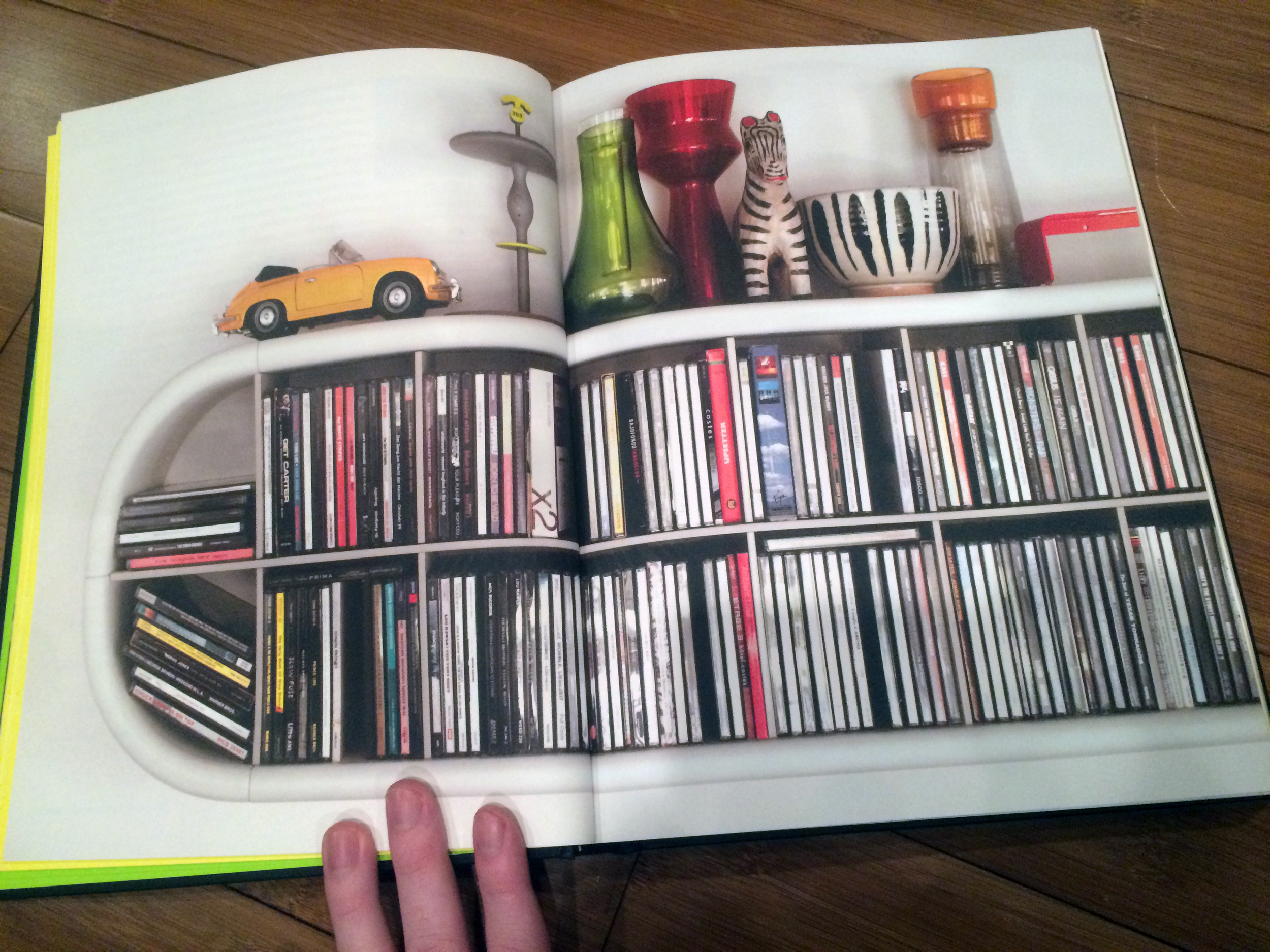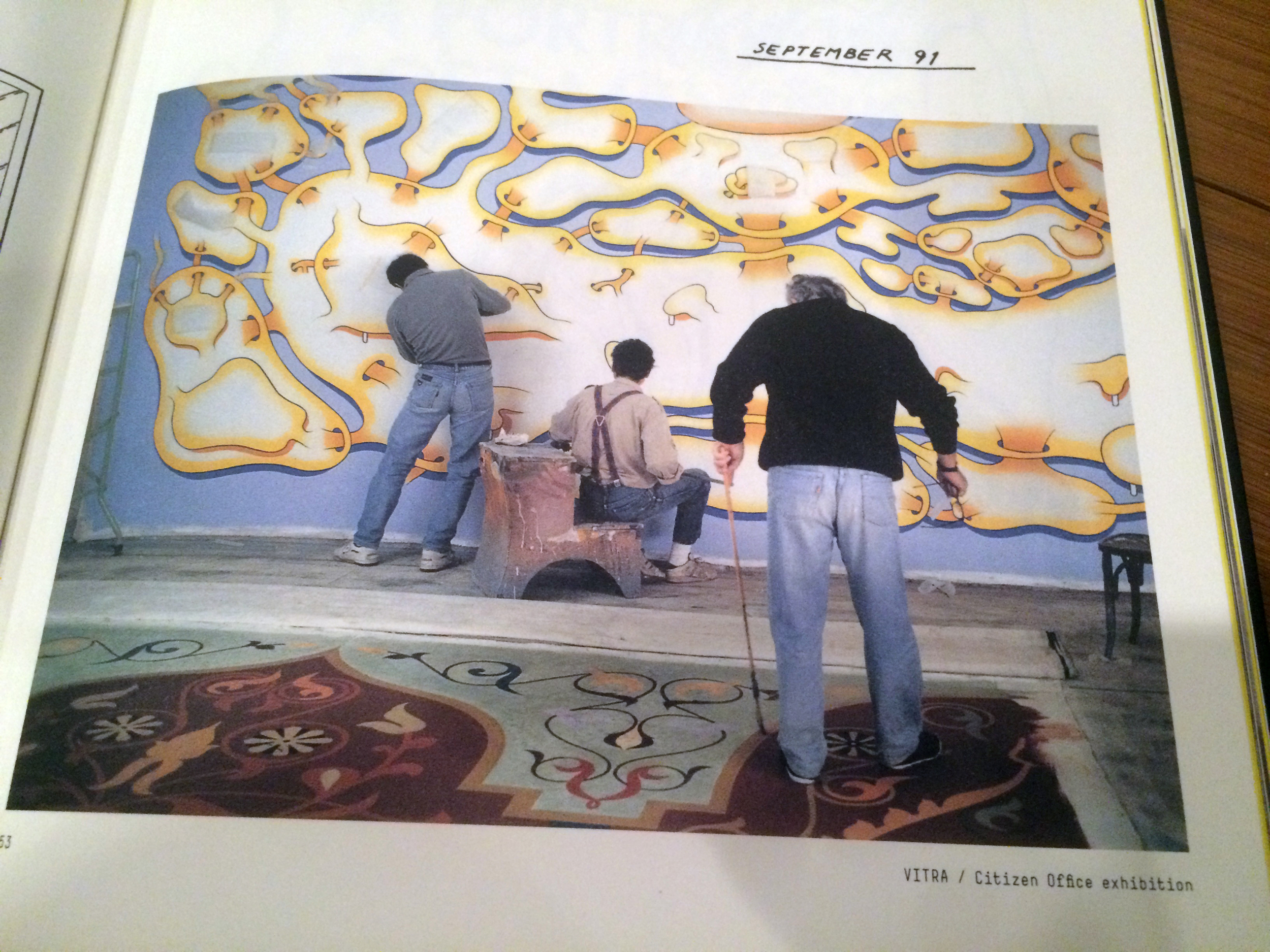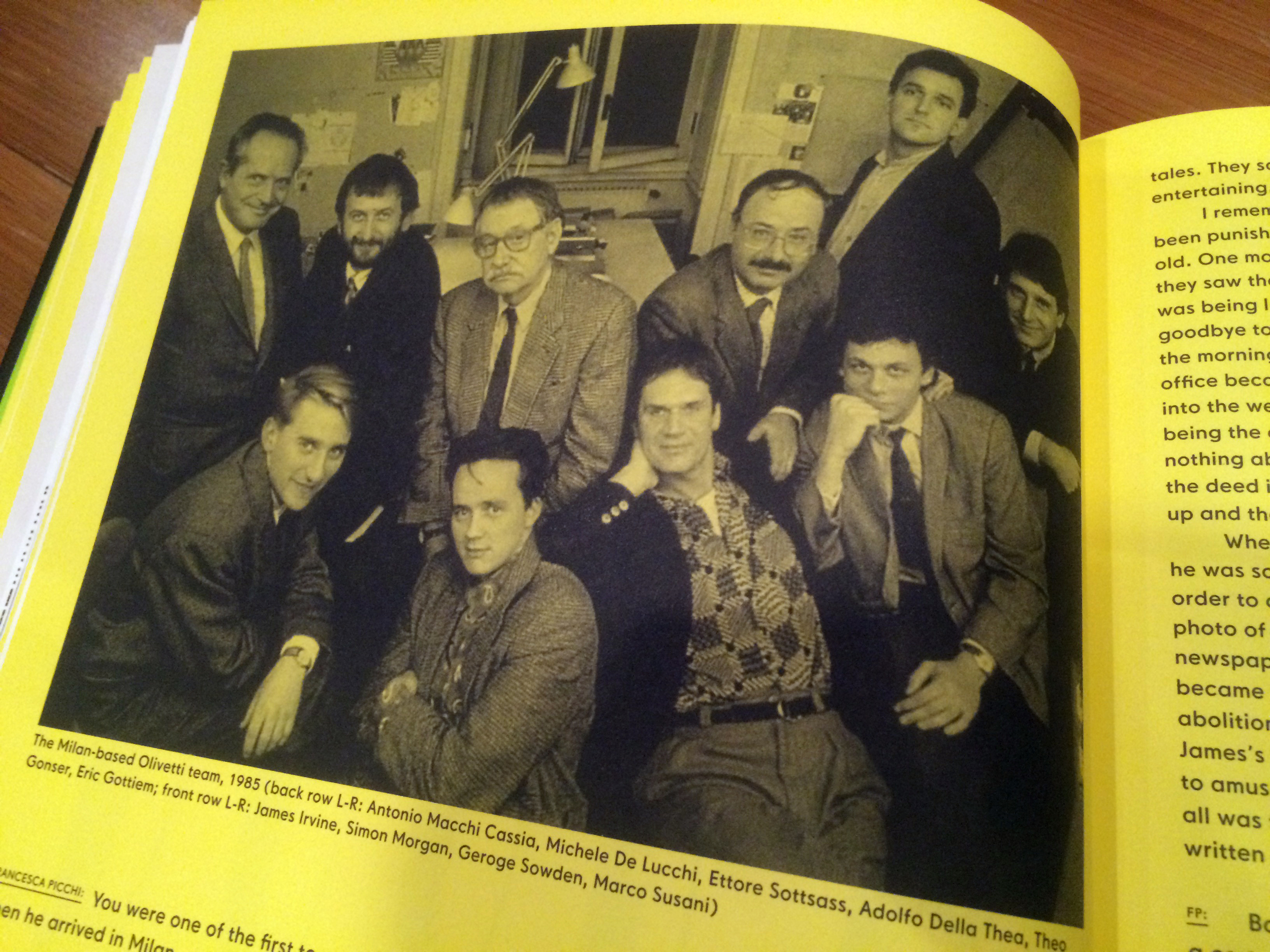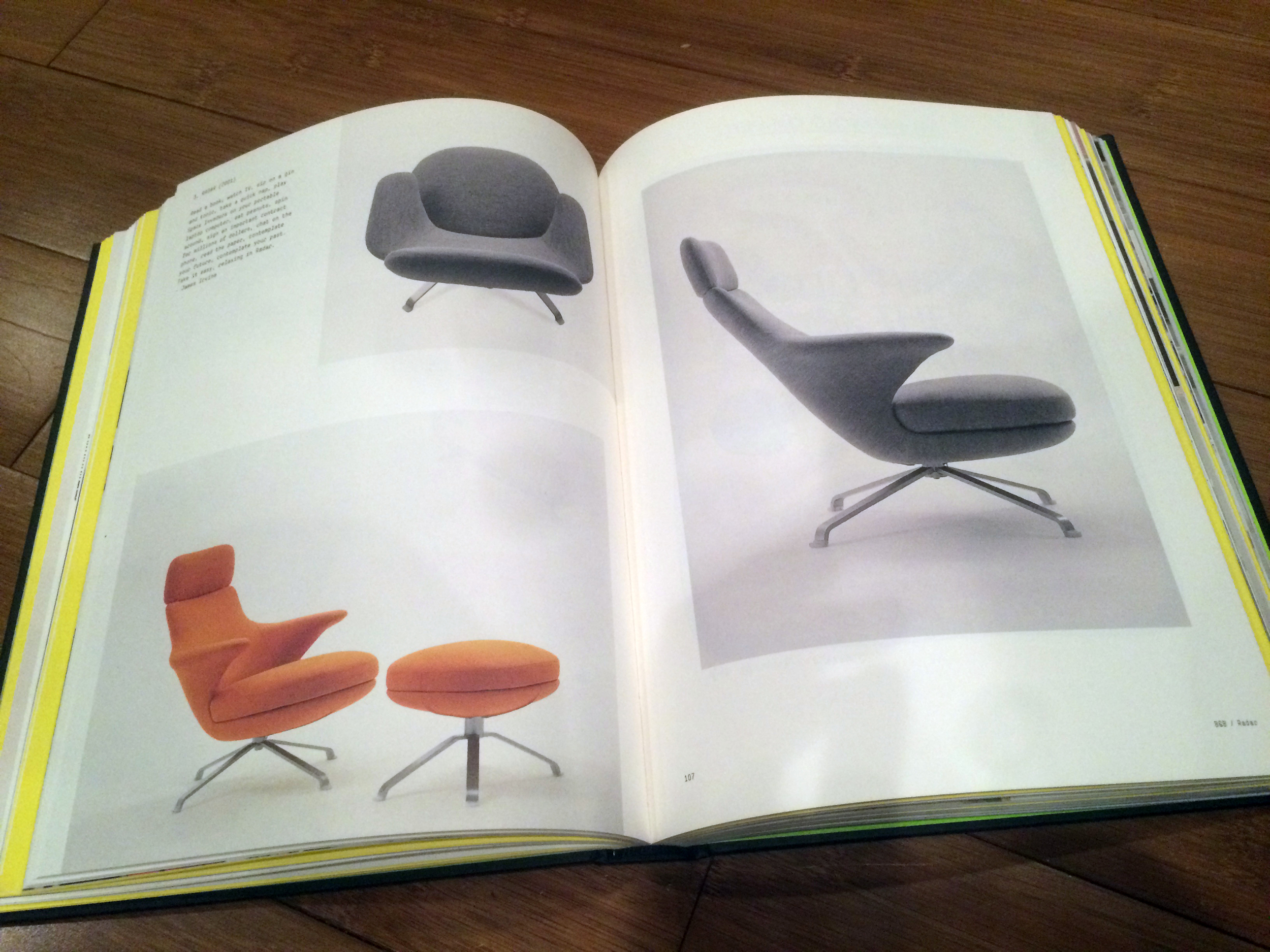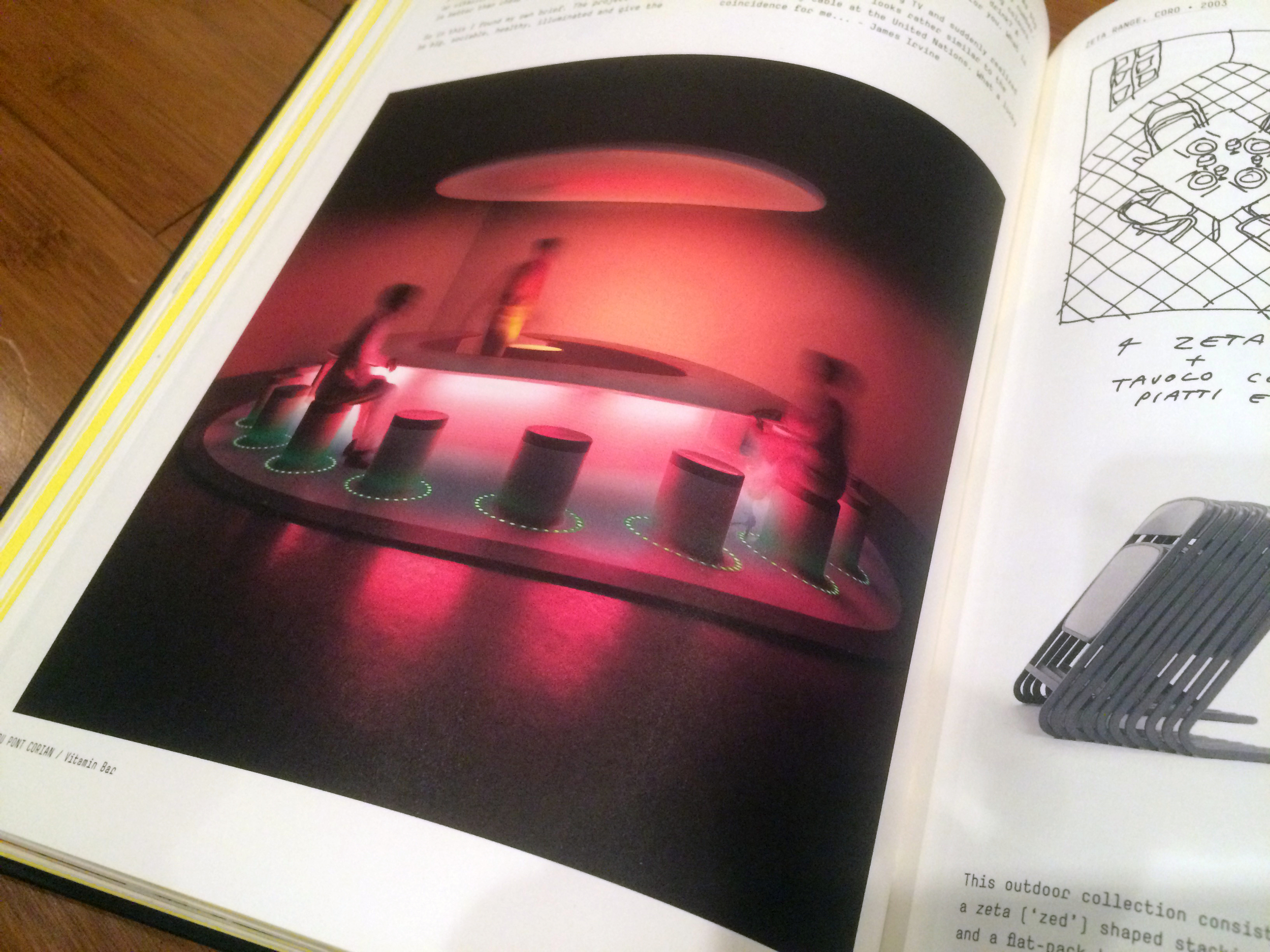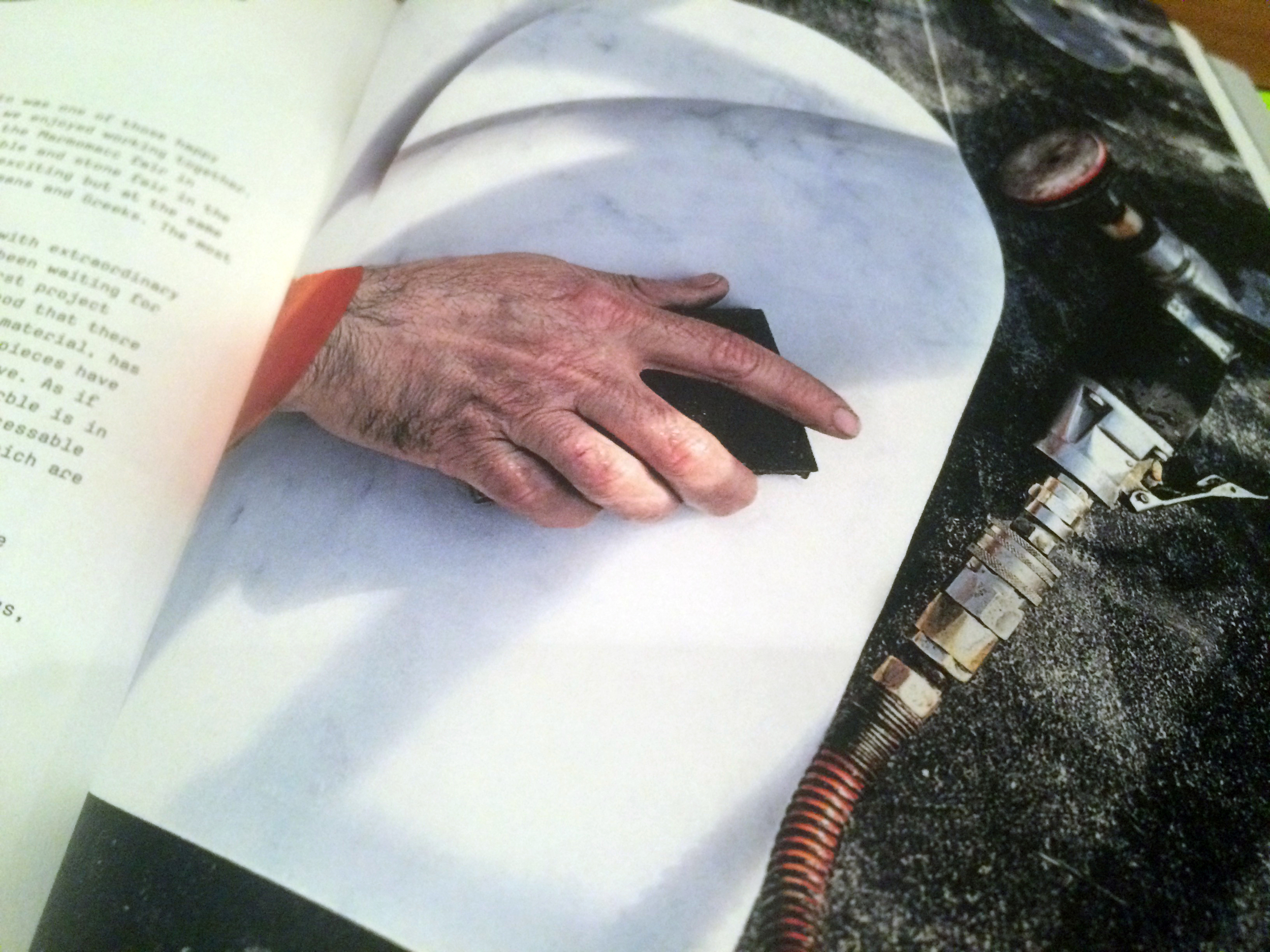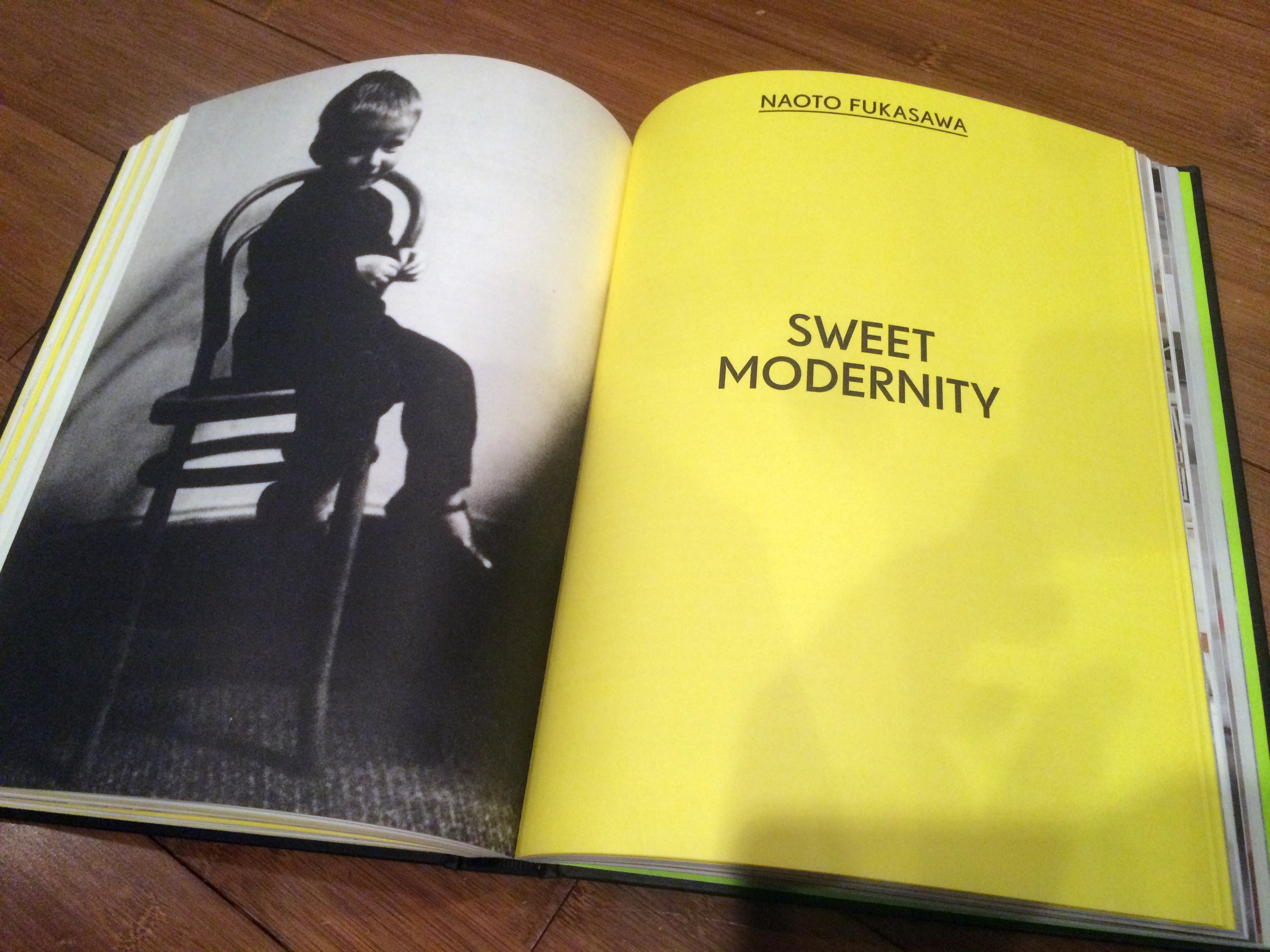text by Oliver Kupper
portraits by Parker Woods
Dozie Kanu’s practice is a conceptual exploration of colonial and hegemonic politics, architecture, spatial narratives, and so much more. Born in Houston, Texas in 1993, and now based in Santarém, Portugal, Kanu’s investigation of cultural artifacts belies an America still grappling with not only its troubled past, but also its troubled present. Razor-sharp, anti-climb, raptor spikes, a visual and physical deterrent for vandals and undesirables, find their way onto one of his sculptures modeled as a baby crib, an emblematic nod to the countless divisions that are psychologically embedded at birth. There is something alchemical about Kanu’s reimagined objects of our urban visual landscape, like an ATM blasted with a thick layer of black epoxy sculpting clay, or a poured concrete chair in “crack rock beige” that sits on a spoked tire rim, that gives Kanu’s work a kind of authentic reclamation of power in a grief-stricken zeitgeist. We caught up with Kanu on a rare visit to Los Angeles, before the opening of his exhibition, to prop and ignore, at Manual Arts, to discuss tools for building a more socially equitable world. Read more.

